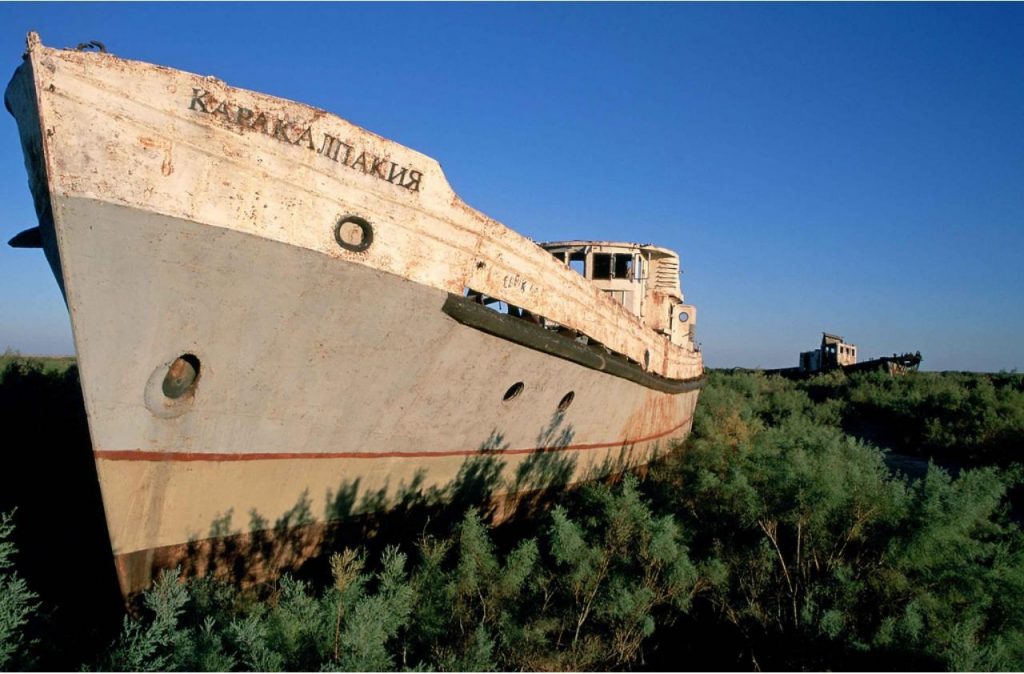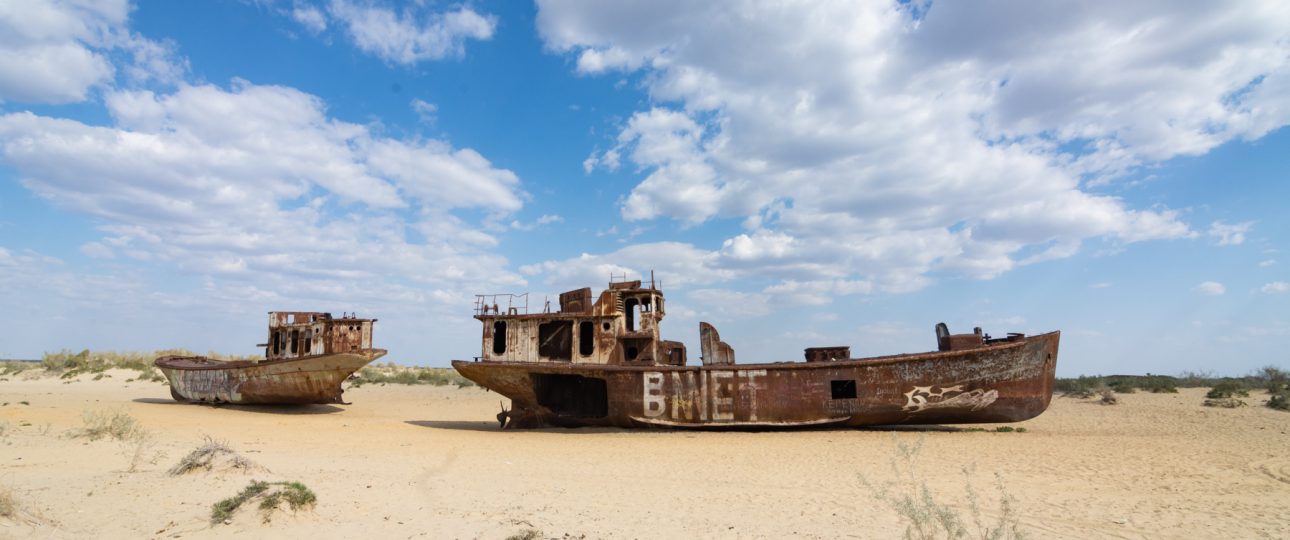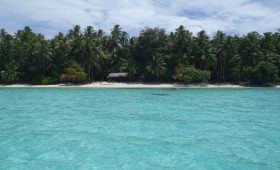Discovering Moynaq: A Journey Through Time and Tragedy
In the remote reaches of Uzbekistan’s Karakalpakstan region lies Moynaq, a town that once thrived on the shores of the Aral Sea. Today, it stands as a poignant reminder of one of the world’s most significant environmental disasters. The Aral Sea, once the fourth largest inland body of water, has largely vanished due to Soviet-era irrigation projects. Moynaq, once a bustling fishing port, now finds itself miles from the receding waters, its landscape dominated by the haunting sight of rusting ships stranded in the desert.
The History of Moynaq
Moynaq was once a vital hub for the fishing industry, processing and canning a significant portion of the Aral Sea’s catch. In 1921, during a famine in the Volga region, the Aral fleet dispatched 21,000 tonnes of fish, saving countless lives. However, the diversion of rivers for irrigation led to the sea’s dramatic shrinkage, leaving Moynaq’s fishing fleet marooned on dry land. The town’s economy collapsed, and many residents were forced to leave in search of work elsewhere.
Exploring the Ship Graveyard
Visiting Moynaq is a journey into a surreal landscape where the past meets the present. The ship graveyard, located a short walk from the Oybek Hotel, is a stark testament to the town’s lost prosperity. Once scattered, the ships have been moved to a centralized location beneath the Aral Sea memorial, which occupies a bluff that was once the sea’s bank. While many ships have been sold for scrap, those that remain offer a haunting glimpse into the town’s history.
Best Time to Visit
The ideal time to explore Moynaq is during the spring and autumn months, from April to October, when the weather is mild. Summers can be extremely hot, while winters are bitterly cold, making these seasons less comfortable for exploration.
Getting There
Moynaq is approximately 210 kilometers north of Nukus, the nearest major city, which is well-connected by air and rail. From Nukus, you can hire a taxi or join a guided tour to reach Moynaq, a journey that takes about 3-4 hours. The drive offers scenic views of the surrounding landscapes, adding to the experience.
Local Transportation
Once in Moynaq, the town is small enough to explore on foot. The ship graveyard and other points of interest are easily accessible, allowing for a leisurely exploration of the area. Hiring a local guide can provide additional insights into the history and significance of the site.
Practical Tips for Visitors
- Wear comfortable walking shoes, as the terrain can be uneven.
- Bring sunscreen, a hat, and plenty of water, especially during the summer months.
- Don’t forget your camera to capture the unique and otherworldly landscapes.
- Respect the site by refraining from climbing on the ships or removing any artifacts.
Understanding the Impact
The residents of Moynaq, mostly Kazakh, have faced significant challenges due to the environmental changes. Many have left, but those who remain endure harsh weather conditions and health problems linked to the disaster. The town’s museum, located on the main road, offers photographs and artifacts from Moynaq’s heyday, providing context to the tragedy. Admission is a modest US$1, and it’s worth a visit to gain a deeper understanding of the town’s history.
Moynaq is not just a destination; it’s a powerful reminder of the consequences of human intervention in nature. While the sight of rusting ships in the desert is mesmerizing, it also serves as a cautionary tale of environmental mismanagement. Visiting Moynaq is an opportunity to reflect on the past and consider the future, making it a journey both haunting and enlightening.





